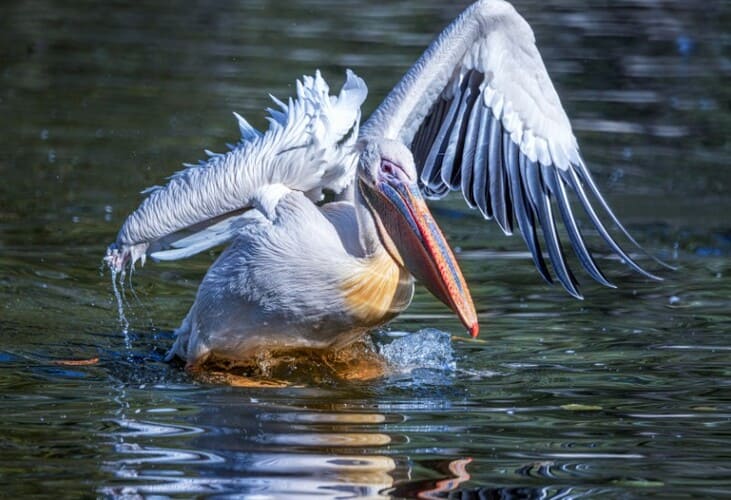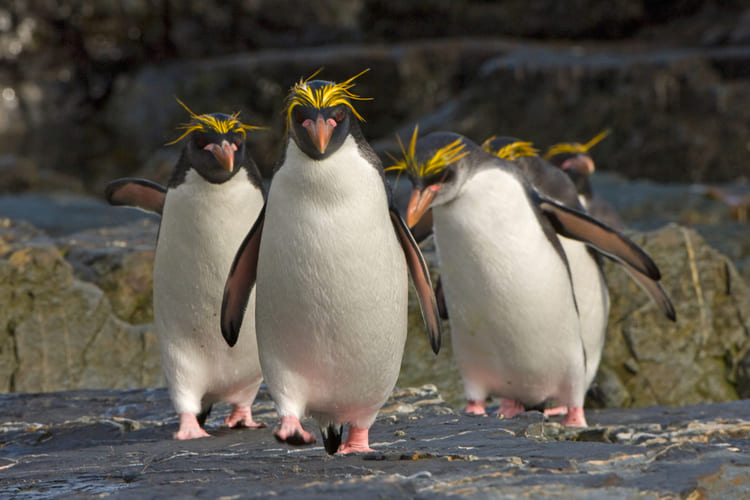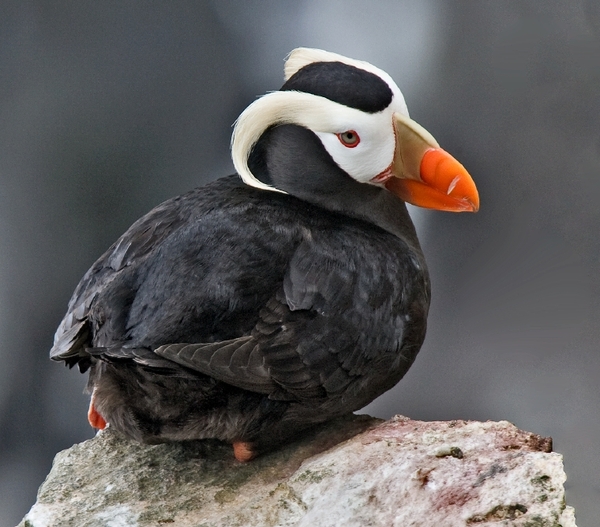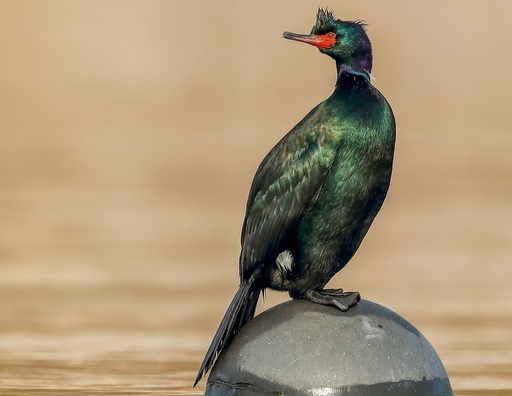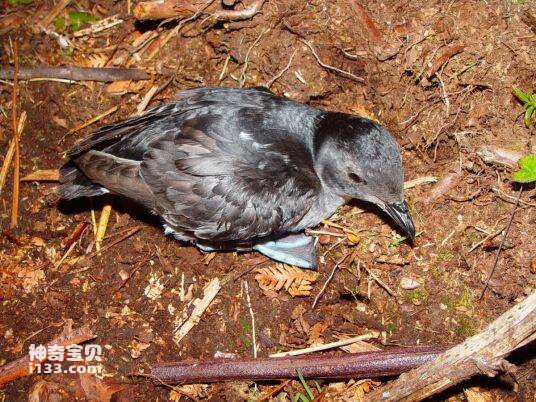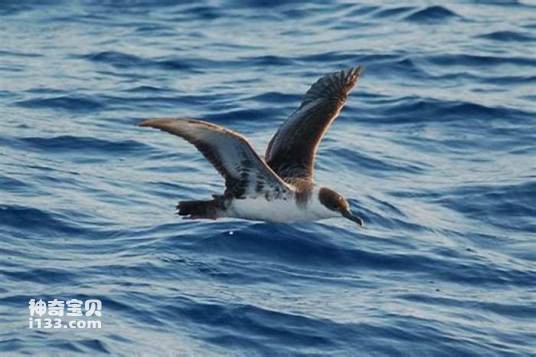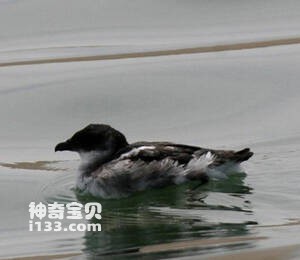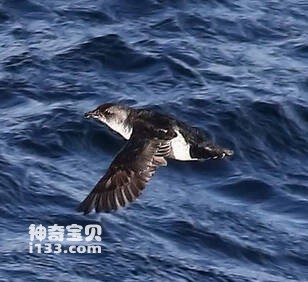Anas capensis
IUCN
LCBasic Information
Scientific classification
- name:Anas capensis
- Scientific Name:Anas capensis,Cape Widgeon
- Outline:Waterfowl
- Family:
Vital signs
- length:44-48cm
- Weight:380-420g
- lifetime:No textual research information is available
Feature
The beak is pink with a black base. Red eyes, dark circles
Distribution and Habitat
It is distributed in central and southern Africa, including the southern part of the Arabian Peninsula and the entire African continent south of the Sahara Desert (Tropic of Cancer).
It inhabits open wetlands.
Appearance
The grey-winged duck is 44-48 cm long, with a wingspan of 78-82 cm. The male weighs 420g, and the female weighs 380g. Female ducks are similar to male ducks. Their plumage is light, mainly gray, with a brown back and a pink beak with a black base. Red eyes, dark circles. These features make them easily recognizable.
Details
Anas capensis or Cape Widgeon are aquatic plants and small organisms such as invertebrates, crustaceans, and amphibians. Grey-winged ducks are generally quiet, but can be noisy during mating season. The male will make a clear call, and the female will respond with a squawk. They rarely gather in large groups, but can flock in numbers of up to 2,000 when moulting. The nest is usually built on the ground where vegetation is abundant or near water sources. The breeding period is from April to July every year, and the nest is in the grass or low ground with sparse plant cover by the lake and the river bank. Each litter lays 6 to 11 eggs. Incubation period is 21 to 23 days.

Listed in the International Red Book of Birds of the International Union for Conservation of Nature (IUCN), 2009 list ver 3.1.
Protect wild animals and eliminate wild meat.
Maintaining ecological balance is everyone's responsibility!

